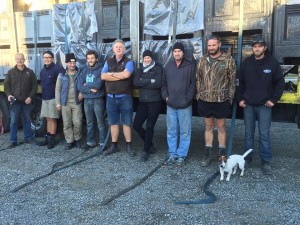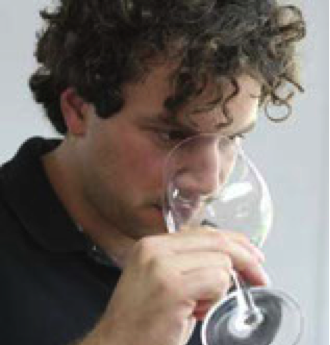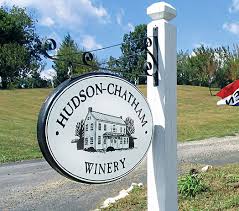Fully Flavored, Low Alcohol Wine in the Midwest?
My sources in Australia (dad and mum!) recently sent over a news article about a low alcohol wines ‘breakthrough’ that could have implications for winemaking in the Midwest. ‘Low-Alcohol Wine On It’s Way’, by Sydney Morning Herald wine writer, Huon Hooke, describes a ‘secret’ that New Zealand winemaker and molecular biologist, John Forrest, has uncovered:
‘Forrest and his team of winemakers and viticulturists discovered that if they plucked the new leaves from the vines late in the ripening period, and left the old leaves to do all the work of ripening the grapes, the sugar accumulation was slower, while the flavor accumulation continued as normal.” The result: wines with an alcohol level of about 9% but all the flavor and feel of 12 or 13%.
To find out how valid this revelation might be, I sent the article to vineyard and winery consultant — and Midwest Wine Press columnist – Piero Spada. Here is Piero’s response:
‘Overall, I’m afraid I have more questions than answers. This practice is intriguing and is definitely outside the box thinking. It’s taken the concept of basal leaf removal, or leaf pulling around the fruiting zone, and flipped it on its head.”
Piero mentioned an important viticulture research paper — ‘Leaf Canopy Structure and Vine Performance’ by M. Carmo Vasconcelos and Steve Castagnoli — that looks at how different canopy management techniques (with respect to leaf age) affect vine growth and berry ripening.
‘In short,” he explained, ‘Older fully expanded leaves lose their photosynthetic capacity as they age, so the logic of slowing down sugar accumulation in the berry by retaining only the older leaves during ripening has merit to it.”
Piero wondered, if the vine is channeling less carbohydrate due to the leaf plucking, what else is being limited?
‘More specifically,” asked Piero, ‘Would the vine channel less carbohydrate (which is clearly limited) towards other secondary metabolites that are important to wine quality — phenolics (color and structure), terpenes (floral aromatics), etc.?”
He thinks this practice of plucking the new leaves and leaving the old ones is best suited to high
sugar ripening Vitis vinifera in warm to hot climates, where sugars easily accumulate to more than 26 Brix.
‘In the cold climate hybrid world,” added Piero, ‘I struggle to see a good fit for this practice. Perhaps for a varietal like Marquette or LaCrescent where berry sugar accumulation is ahead of acid degradation during harvest there may be a fit.” However, he said, this could end up driving acid levels down. ‘Which begs the question, would you have been better off not driving acids down in the first place?”
Also relevant to Midwest varieties that are high in acids, Piero said, ‘Low alcohol could augment the perception of acidity as both alcohol and sugar help mask the perception of acidity.”
However, he still thinks the practice could have merits here: ‘If acids are in check with these cool
climate hybrids, then yes I could see some benefit to this practice and wine style.”
Piero brought to our attention another way of producing fully flavored, lower alcohol wines being investigated by scientists at the Australian Wine Research Institute (AWRI) using yeasts. For more information, see, ‘Generating wine yeasts that produce reduced levels of ethanol’.
Thanks Piero!





